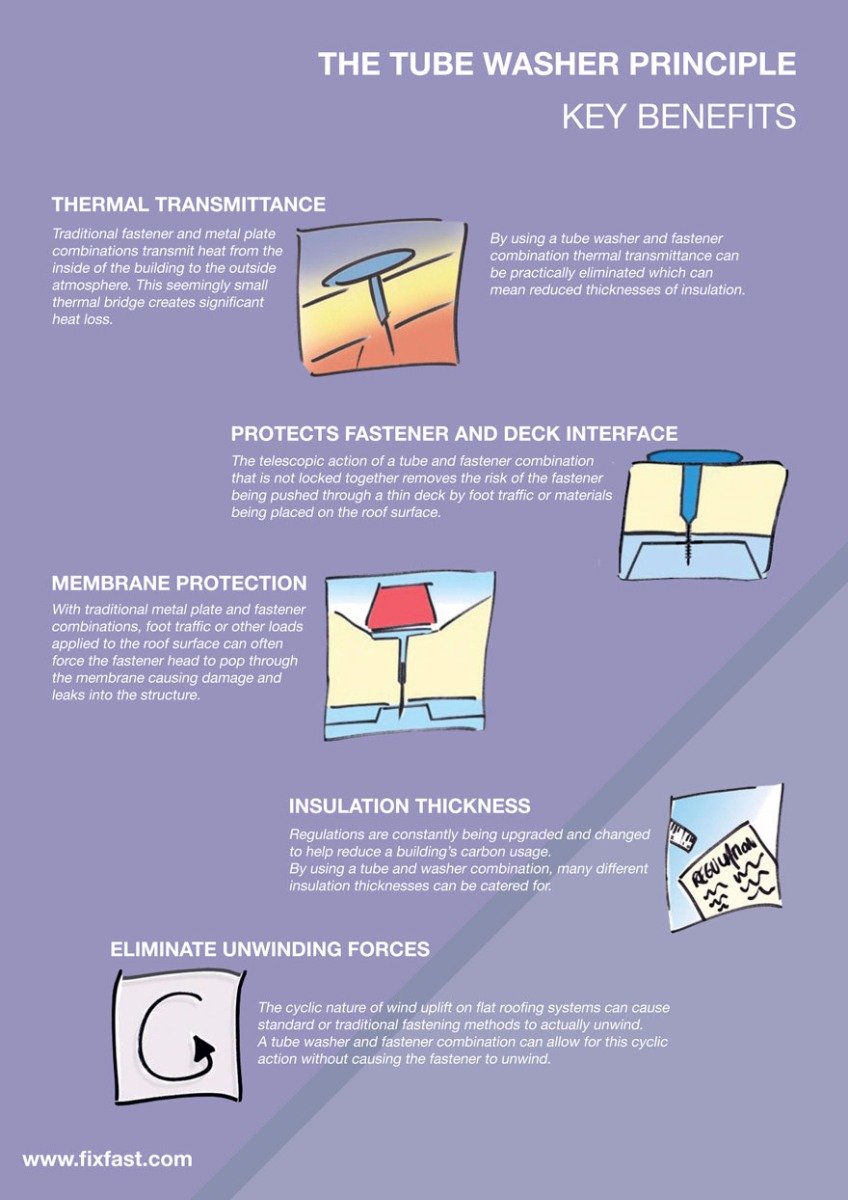Gain Understanding Into How Diverse Climate Condition Can Influence Your Roof Installation, Making Sure A Task That Is Executed Faultlessly
Gain Understanding Into How Diverse Climate Condition Can Influence Your Roof Installation, Making Sure A Task That Is Executed Faultlessly
Blog Article
Personnel Author-Bennett Timm
When it pertains to roofing system setups, the climate can make or damage the task. Picture the irritation of handling materials that won't coordinate as a result of extreme warmth or fighting slippery surfaces triggered by unanticipated rainfall. Understanding the influence of weather conditions on your roofing job is important for a successful end result. So, let's check out just how different climate elements can affect the high quality and longevity of your roofing installment, guaranteeing a work well done.
Impact of Temperature on Roof Covering Installation
When it concerns roofing setup, temperature plays an essential role while doing so. The optimal temperature level for roofing projects typically drops between 45 and 85 levels Fahrenheit. Severe warmth can cause products like roof shingles to come to be also pliable, bring about potential damages throughout installation. On the other hand, chilly temperature levels can make materials weak and susceptible to fracturing. It is very important to schedule roofing system installments throughout modest temperature levels to ensure the most effective outcome.
Throughout colder climate, contractors might need to take added preventative measures such as using warmed tools or enabling materials to heat up prior to installation.
On the other hand, heat may call for work to be done previously or later on in the day to avoid the peak temperatures. By thinking about the temperature and its effects on roofing products, you can assist guarantee an effective installation that will certainly hold up against the components for several years ahead.
Effect of Rainfall on Roof Projects
Roofing jobs can be significantly affected by rainfall, impacting both the timeline and the quality of the setup. roofing services in heights texas or snow can produce slippery problems, making it risky for roofing contractors to work with a damp surface. Furthermore, dampness can compromise the adhesion of materials like tiles or underlayment, resulting in possible leaks or damages in the future.
If it rainfalls throughout a roof covering project, the water can leak right into susceptible locations, creating hold-ups as the installment staff must await the roof to completely dry before proceeding. Excessive dampness can also advertise the growth of mold and mold, additional endangering the stability of the roof.
To avoid these problems, it's suggested to schedule roof projects during drier periods or monitor the weather report very closely to prepare about any type of potential rainstorms. By taking preventative measures to operate in beneficial weather, you can make certain a smoother and much more effective roofing system setup procedure.
Impact of Wind Rate on Installation Success
During roofing installation, the speed of the wind plays a crucial role in establishing the success of the job. High wind speeds can position significant obstacles to contractors, possibly bring about security hazards and top quality concerns. When roofing in san antonio tx exceed recommended limitations, it comes to be difficult to handle materials, increasing the threat of accidents and damages to the roof products. Solid gusts can additionally impact the accuracy of measurements and the precision needed for proper installation.
To guarantee home window replacement san antonio , it's important to keep an eye on and take into consideration wind rates. Ideally, roof covering setup ought to happen on days with low to moderate wind rates. This not only improves the security of the employees but likewise boosts the overall quality of the installment.
Roofing tasks scheduled throughout tranquil weather conditions are more likely to be finished efficiently and with fewer mistakes. By paying https://louisvqkey.qodsblog.com/29904849/the-pros-and-cons-of-different-roof-covering-materials-a-comprehensive-review to wind speed forecasts and planning accordingly, you can aid guarantee a smooth and successful roof covering installation procedure.
Final thought
So, when it concerns roofing system setup, keep in mind to take into consideration the weather conditions to make sure an effective job. Ideal temperature levels, dry conditions, and moderate wind rates are key variables to focus on for a smooth setup process. By scheduling your task throughout the most effective seasons and suitable weather conditions, you can achieve a sturdy and lasting roof that will certainly safeguard your home for many years to come.
